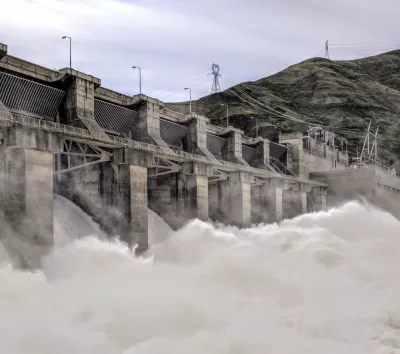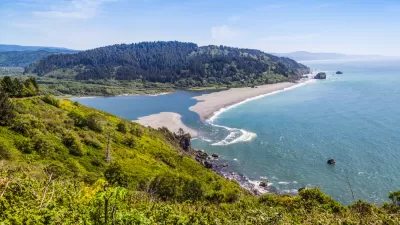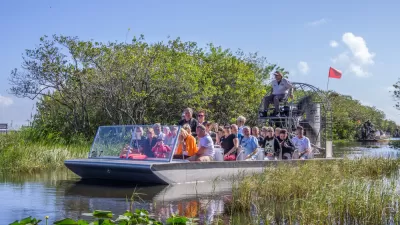The 21st Century Dams Act, a proposal to remove four dams on the lower Snake River, and the Infrastructure Investment and Jobs Act all have a chance to redefine the country's approach to dams and watersheds.

Brian Graber, senior director of river restoration at the river conservation advocacy group American Rivers, writes an article providing an update on the status of dam removal efforts around the country.
Central to the article is the 21st Century Dams Act, introduced in July in the House of Representatives by Rep. Annie Kuster (D-N.H.) and in the Senate by senators Dianne Feinstein (D-Calif.) and several other Democrats. The bill would spend almost $26 billion to repair dams for improved energy production and safety.
According to a statement by Dianne Feinstein at the time of the 21st Century Dams Act's introduction, the bill would
- Improve public safety: Invests in state dam safety capabilities, expands grant funding for the rehabilitation of existing dams and makes available low-interest loans to rehabilitate non-federal dams.
- Enhance clean energy production and grid resilience: Invests in existing federal dams to improve their safety and renewable energy generating capacity.
- Restore river ecosystems: Authorizes an interagency and stakeholder advisory committee to help administer a public source of climate resilience and conservation funding to reconnect 10,000 miles of rivers through the removal of 1,000 dams with owner consent.
In addition to announcing the support of American Rivers for the 21st Century Dams Act, Graber also supports a proposal to remove four federal dams on the lower Snake River.
"Both efforts are necessary and timely, as Congress and the Biden Administration consider national infrastructure investments," writes Graber. "Dams have devastated river health nationwide, impacting rivers, fish and wildlife populations, and cultural resources. As dams age and flood magnitudes increase with climate change, many dams become public safety hazards. Dams are infrastructure and should be part of any federal infrastructure legislation."
With regard to the mention of federal infrastructure legislation, a separate article by Matt Young for American Rivers voices support for the Infrastructure Investment and Jobs Act approved by the Senate earlier in August, and now moving forward in the House of Representatives as part of a $3.5 trillion budget package.
"The Infrastructure Investment and Jobs Act would invest $55 billion in water infrastructure, $12 billion for flood management and over $4.5 billion for watershed restoration," writes Young. Included in that list is $1.6 billion for dam removal and dam safety.
FULL STORY: Prioritizing dam removal and river restoration: an update on federal legislation

Trump Administration Could Effectively End Housing Voucher Program
Federal officials are eyeing major cuts to the Section 8 program that helps millions of low-income households pay rent.

Planetizen Federal Action Tracker
A weekly monitor of how Trump’s orders and actions are impacting planners and planning in America.

Ken Jennings Launches Transit Web Series
The Jeopardy champ wants you to ride public transit.

NYC Open Streets Organizers Call for City Support
The number of open streets projects has dropped year after year as volunteer groups struggle to fund and staff them.

Crime Continues to Drop on Philly, San Francisco Transit Systems
SEPTA and BART both saw significant declines in violent crime in the first quarter of 2025.

How South LA Green Spaces Power Community Health and Hope
Green spaces like South L.A. Wetlands Park are helping South Los Angeles residents promote healthy lifestyles, build community, and advocate for improvements that reflect local needs in historically underserved neighborhoods.
Urban Design for Planners 1: Software Tools
This six-course series explores essential urban design concepts using open source software and equips planners with the tools they need to participate fully in the urban design process.
Planning for Universal Design
Learn the tools for implementing Universal Design in planning regulations.
Heyer Gruel & Associates PA
Ada County Highway District
Institute for Housing and Urban Development Studies (IHS)
City of Grandview
Harvard GSD Executive Education
Toledo-Lucas County Plan Commissions
Salt Lake City
NYU Wagner Graduate School of Public Service





























